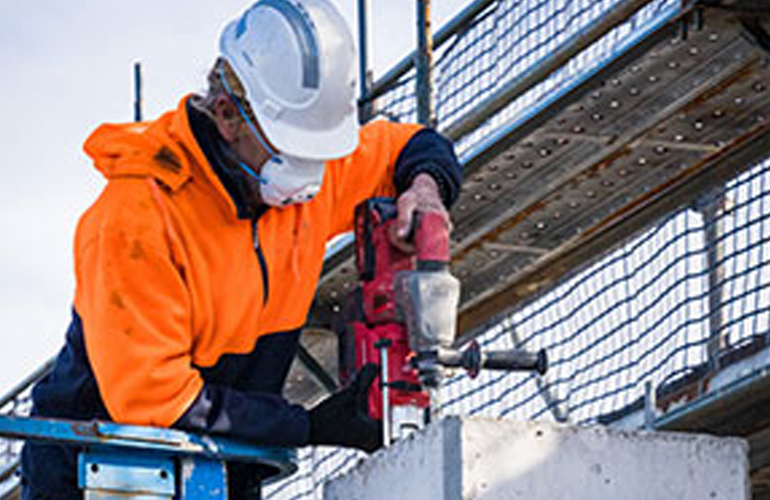
Dindo - Plastering Takeoff offer


Uncontrolled cutting, drilling, polishing and grinding of materials containing crystalline silica presents a serious risk to health. Learn how to manage the risks of working with crystalline silica substances and materials such as concrete and sandstone.
Crystalline silica is a natural mineral found mostly as quartz in sand and sandstone which are used in building products. Workers will also come across silica when excavating or tunnelling through sandstone.
Typical crystalline silica levels in different materials are:
Hazardous levels of airborne dust can be generated from uncontrolled cutting, grinding or drilling of products or materials containing crystalline silica.
Exposure to silica dust can lead to serious illnesses including:
The workplace exposure standard (WES) for respirable crystalline silica (RCS) dust is 0.05mg/m3 as a time-weighted average airborne concentration over 8 hours, or adjusted for extended work shifts (for example, 12hr shifts).
From 1 September 2024, there are additional requirements in relation to the processing of crystalline silica substances (CSS), which are materials that contain at least 1% crystalline silica. If you don’t know if the product you are working with is a CSS, you should refer to the relevant label or safety data sheet (SDS). If there is no SDS available, check with the supplier or manufacturer where possible.
| 1 | Home page |
| 2 | About Materials Australia |
| 3 | Login |
| 4 | Search |
| 5 | Shop |
| 6 | Membership |
| 7 | Contact |
| 0 | Access key details |